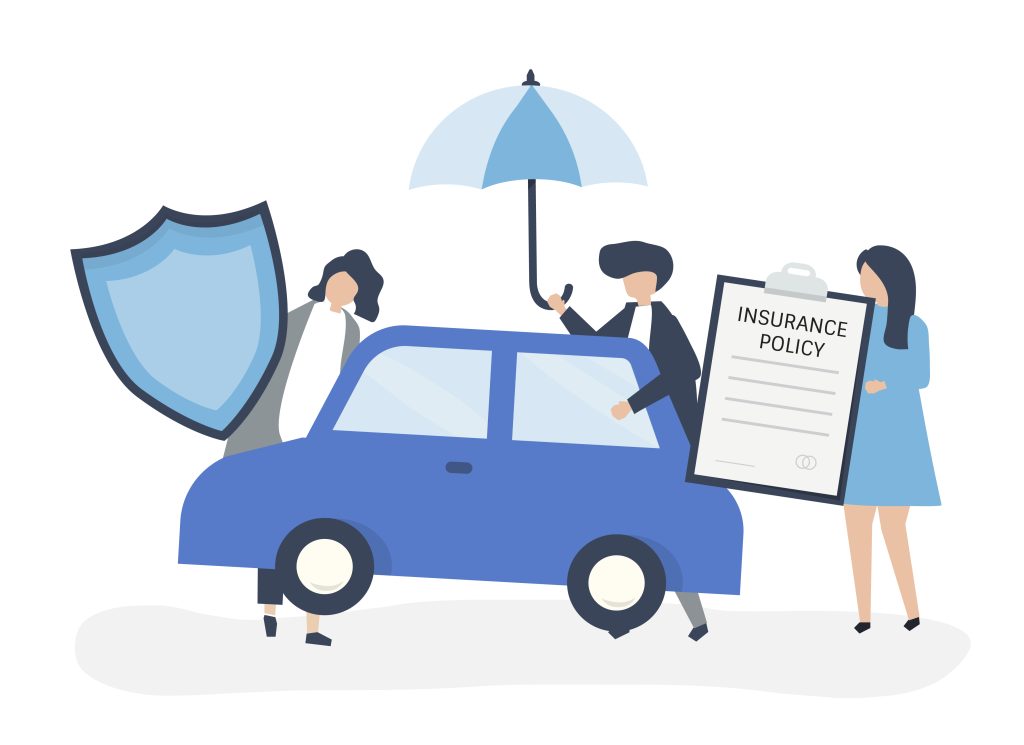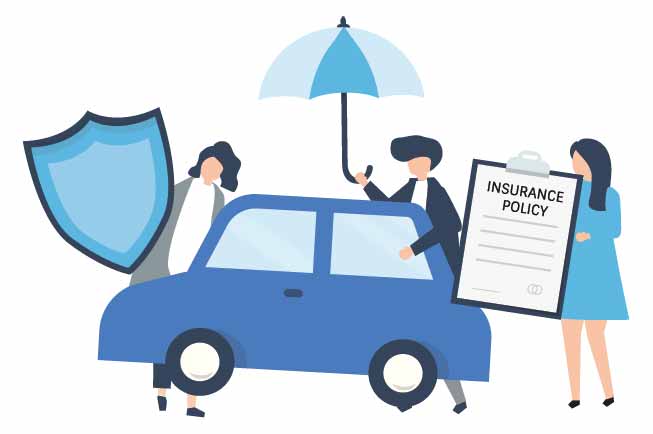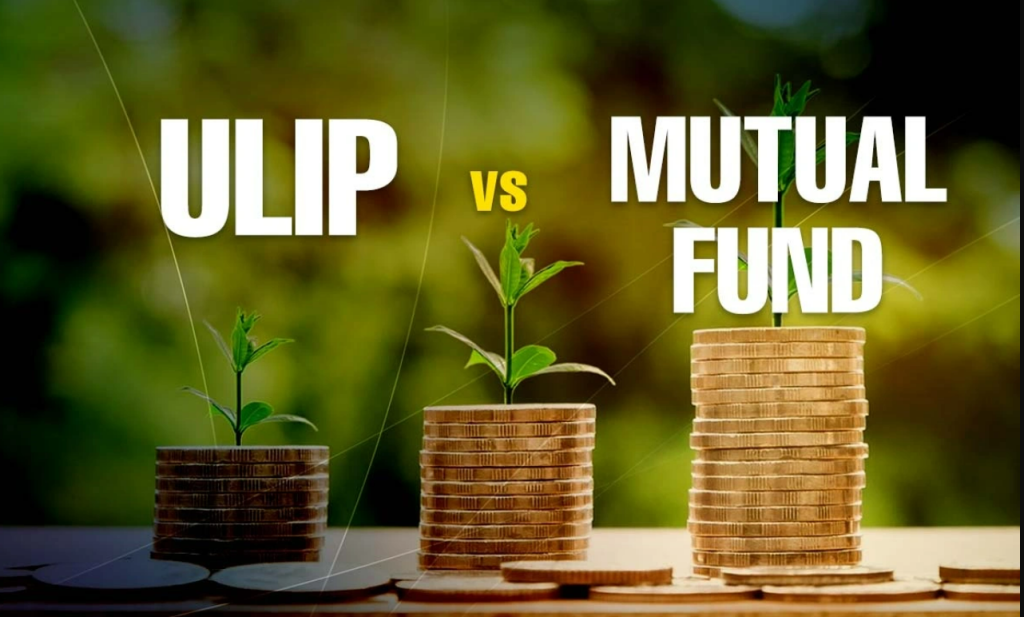Different Types Of Retirement
When you think about retirement, you might wonder how much money you have saved, where you’d like to live, and when you want to start. People used to think of retirement as a time to relax on the front porch, play golf, and travel. But you might not be happy with that kind of retirement. Maybe you’re having trouble putting money away and could benefit from a rigid budget. Maybe you’re worried about losing your mental agility if you stop working, but you also value the social contacts it affords.The following are the different kinds of retirement:
What is Traditional Retirement?
Most people think of a traditional retirement when you say the word “retirement.” In this case, you work for the usual amount of time, which is probably until you’re in your 60s. Then you quit your job for good. So there are no part-time or extra jobs. Rather, you sit back, take it easy, and enjoy the time off you’ve earned by working hard.
For a traditional retirement, you need to have saved up a good amount of money. Most of the time, having enough money means starting early, investing wisely, and waiting as long as possible to take Social Security. So, you will have the most money waiting for you.
Remember that the rate at which you can take money out of your retirement fund depends on how long you expect to live. A person in excellent health with no significant medical issues in his past has a fair chance of surviving into his late seventies or possibly eighties (and beyond). So, your savings should take into account how long you and anyone else, like a spouse or children, will need the money to live on.
What is Partial Retirement?
There are some retirees who decide to keep working after their careers are over. They’re known as “partial retirees.” People who take this path usually get a part-time job with fewer responsibilities. Or they can explore a hobby they couldn’t do before.
A retiree may work for several reasons. First, money. Living a life of partial retirement helps you save more money for retirement for a longer time. Since you still have income, you don’t need to take as much from your savings. Your nest egg lives longer.
If you anticipate working after your retirement, you don’t need as much savings. That means you don’t have to be as strict with your plans to save money for retirement.
What is Temporary Retirement?
Traditional retirement and partial retirement both end your career, but temporary retirement doesn’t. People who choose this path typically only retire for brief periods of time. They work in one field or job for a long time and then take a break. It can last from a few months to a few years, based on the person and how much money they have.
A person who takes a temporary retirement might not go back to the same job. He may go into a different role within the same industry or try something altogether different. It depends on what the person wants and what their financial goals are.
Temporary retirement has the disadvantage of necessitating intricate financial preparations. As a result, you will not be able to save as much and will likely need to begin taking withdrawals earlier than someone with a longer career.
What is Voluntary retirement?
A voluntary retirement incentive known as “voluntary retirement” is made available to staff workers who are eligible for the program and meet specific conditions. The incentive is utilised by human resources (HR) as well as management in the process of right sizing a business.
Conclusion
Overall, your personality will determine which type of retirement is best for you. If you are worried about money, you might be more likely to take a traditional path. If you want to do something different from what most people do, there are other things to think about. In general, the best retirement is one where your needs and wants are both met. If you’re worried about your current plan for retirement, you might want to talk to a financial expert, like a retirement planner or financial advisor. Your future plans can be adapted with their assistance.
Different Types Of Retirement Read More »










